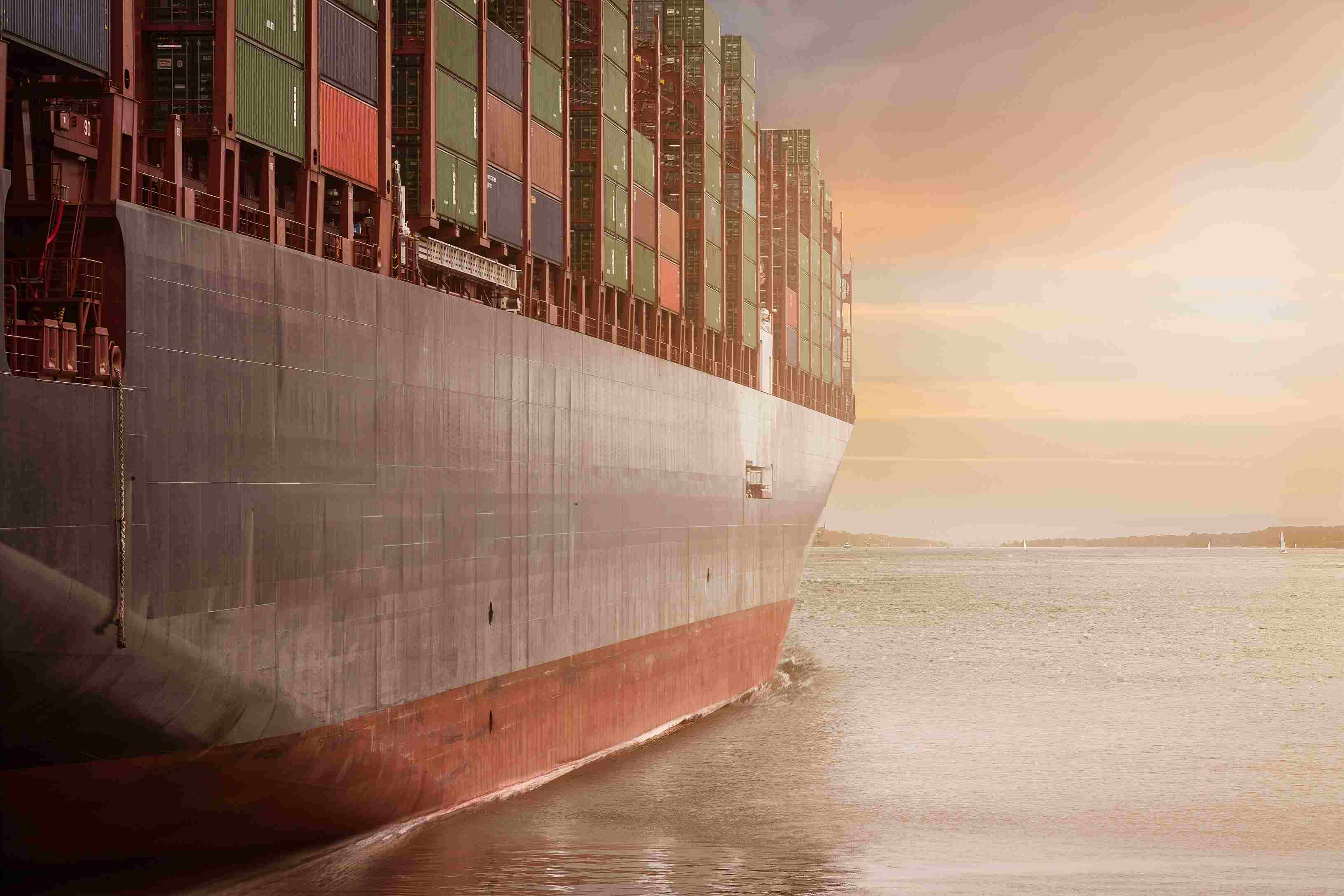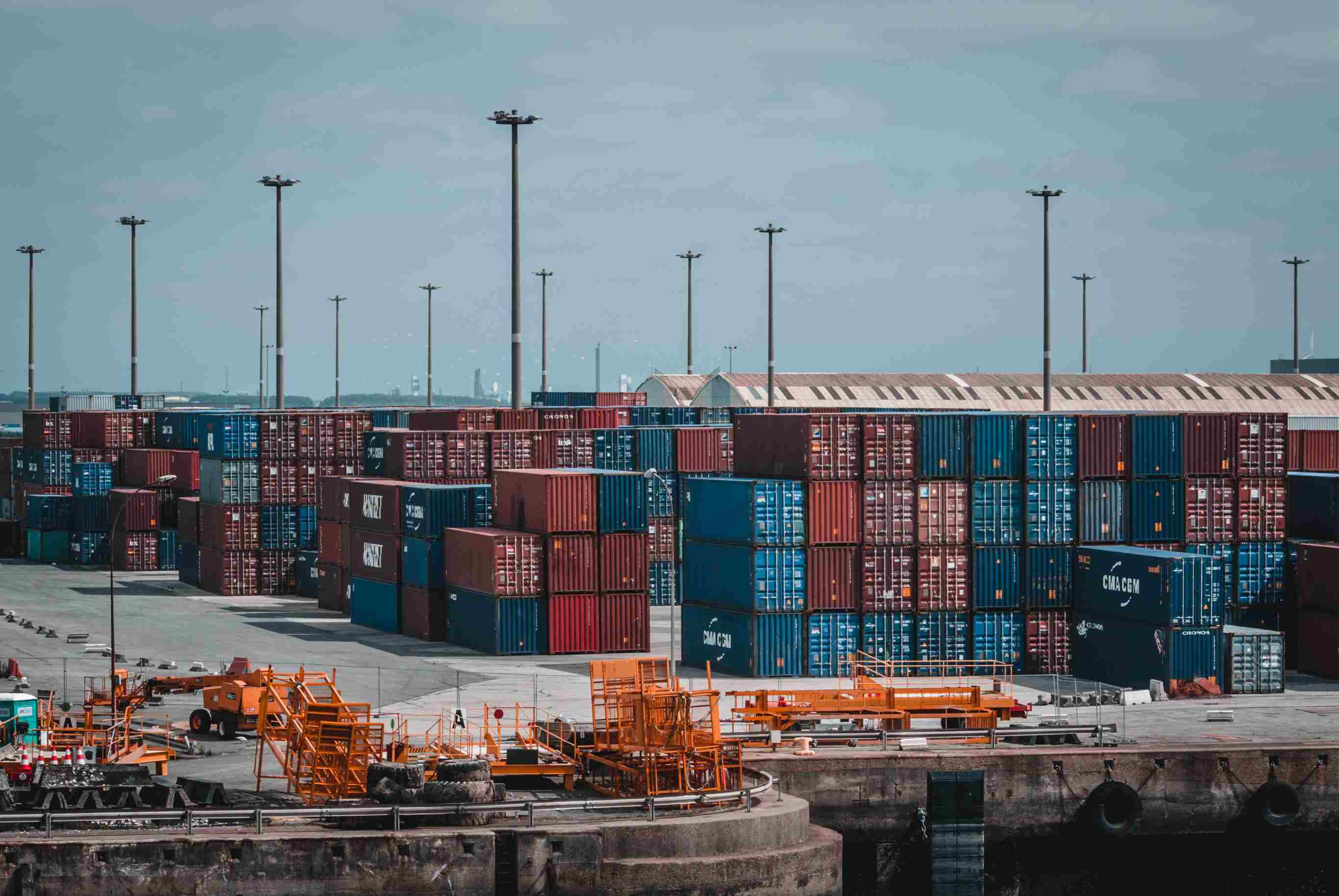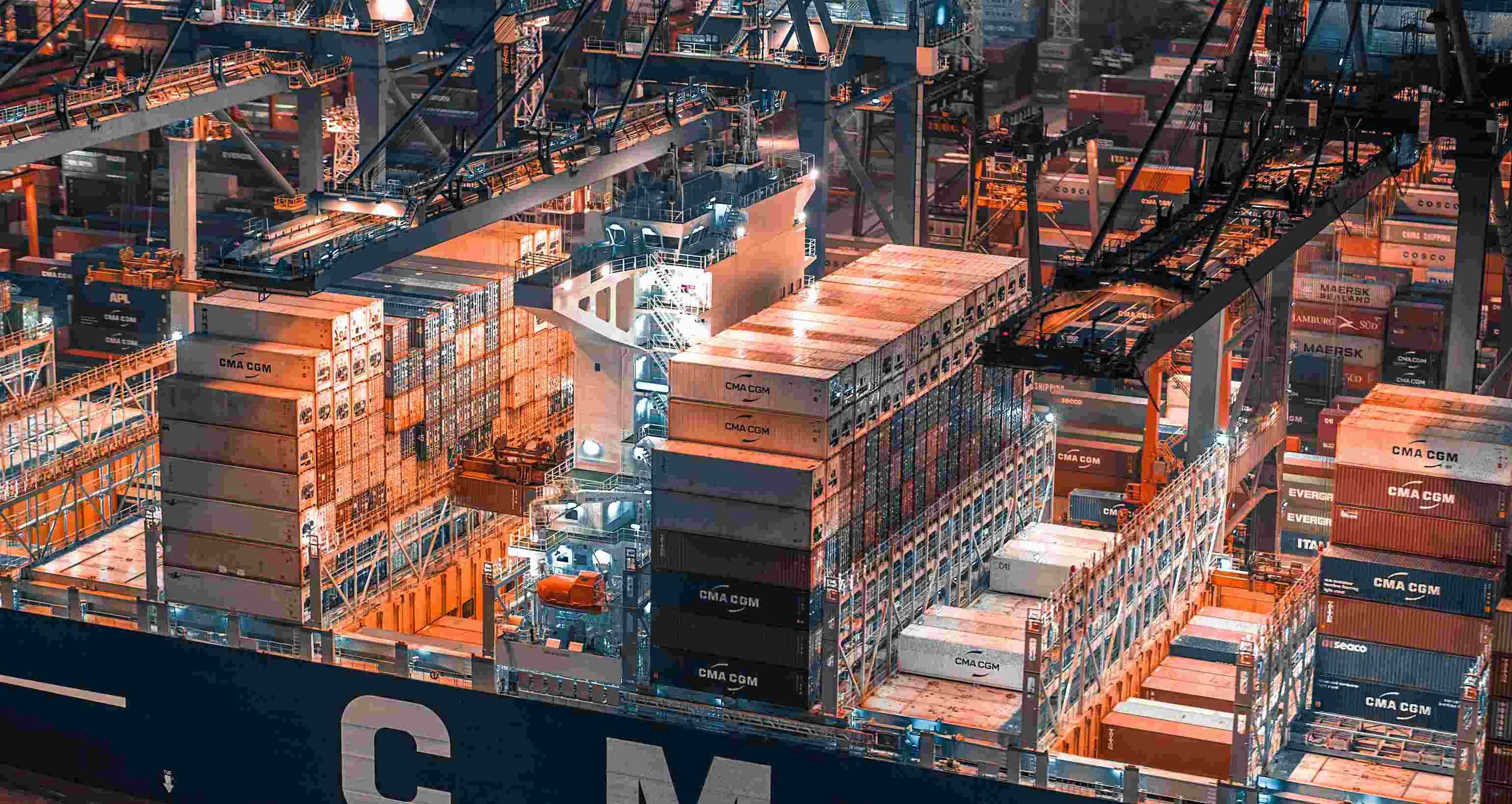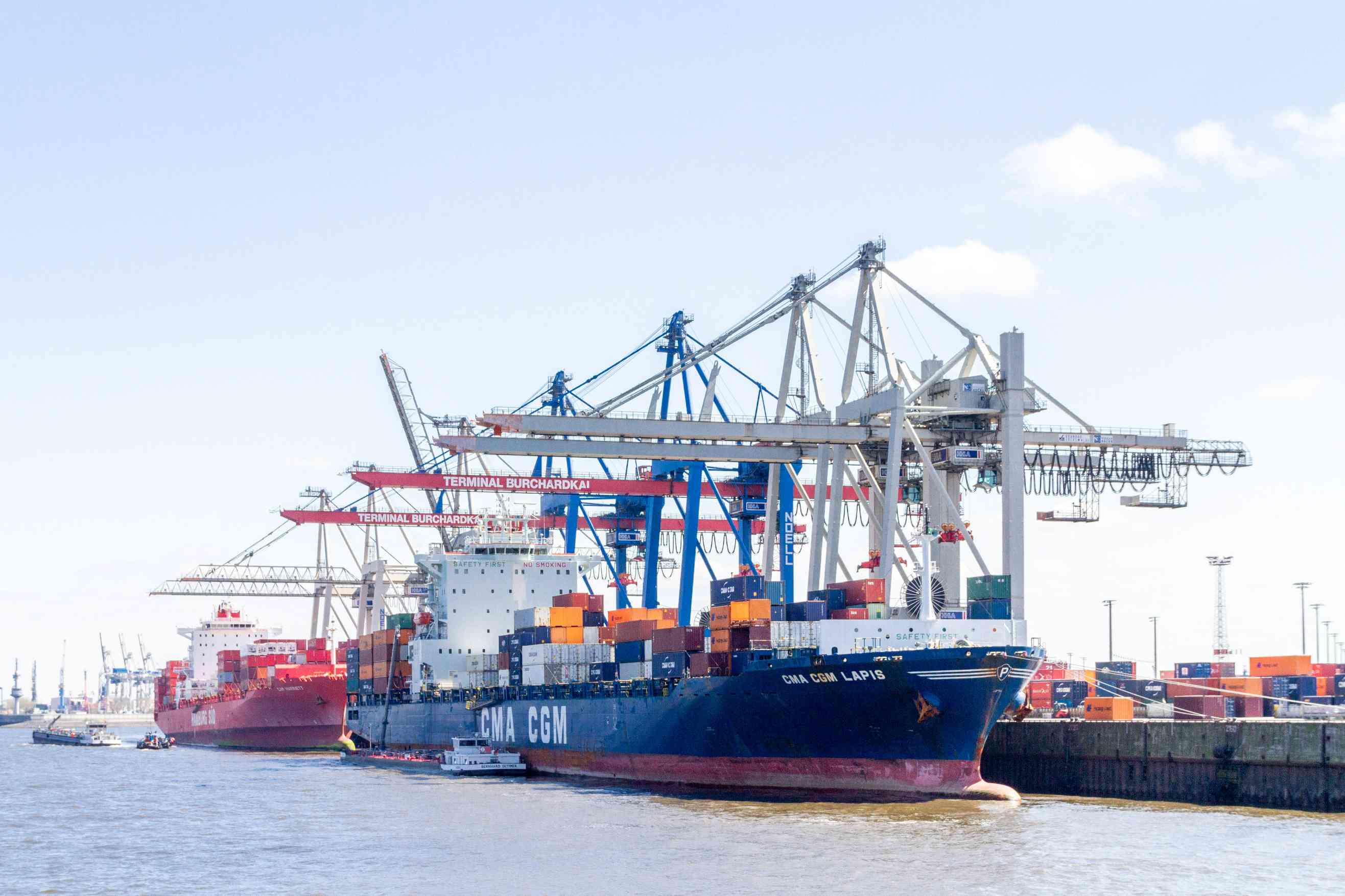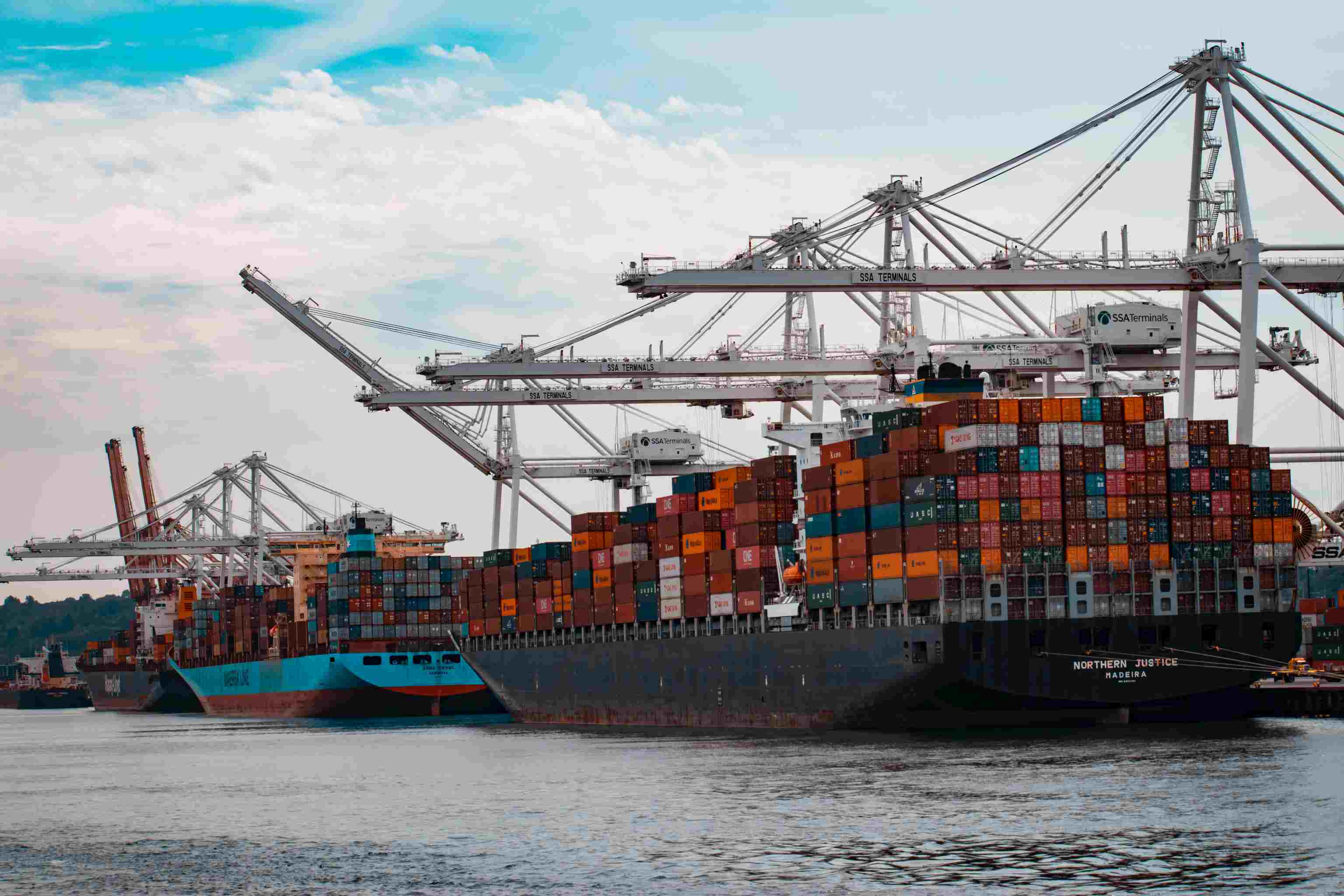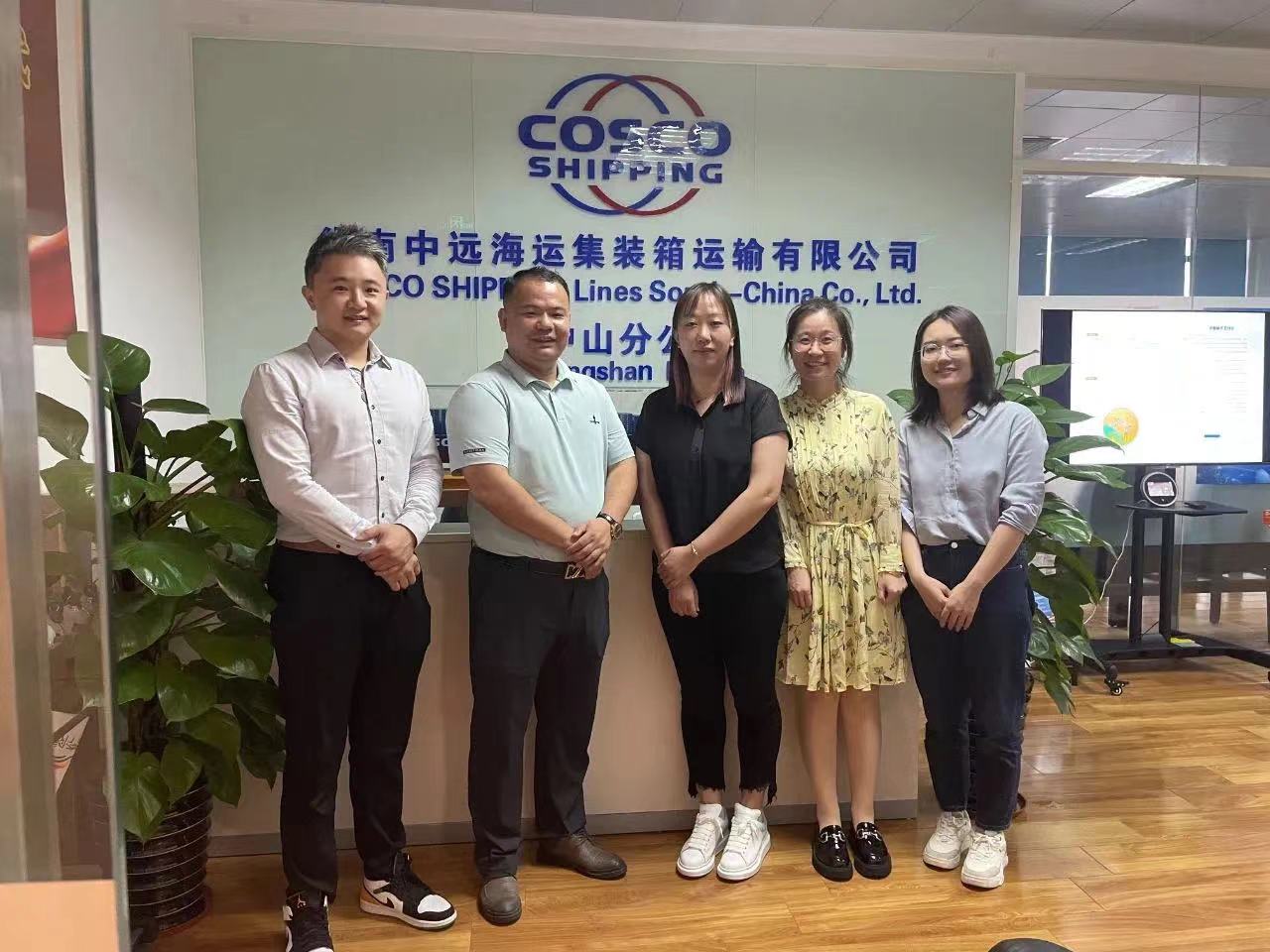In the intricate web of global trade, the concept of "port-to-port transit time" stands as a pivotal factor influencing the efficiency and effectiveness of maritime transportation. This article delves into the depths of this phenomenon, exploring its definition and unraveling its significance in the grand tapestry of international commerce.
Definition of Port-to-Port Transit Time
Port-to-port transit time, in its essence, refers to
the duration it takes for goods to travel from one port to another. It encapsulates the entire voyage, from departure to arrival, incorporating various elements that contribute to the intricate dance of global shipping. Understanding this temporal dimension is crucial for stakeholders in international trade, as it directly impacts the reliability and predictability of supply chains.
Significance in Global Trade
At the heart of global commerce, the significance of port-to-port transit time cannot be overstated. Efficient transit times contribute to the fluidity of supply chains, enabling businesses to
meet market demands with precision. In a world where time is often equated with money, minimizing transit times becomes a strategic imperative for companies seeking a competitive edge.
Factors Influencing Port-to-Port Transit Time
Distance and Shipping Routes
The geographical expanse between ports plays a pivotal role in determining transit times. Longer distances necessitate extended travel periods,
adding layers of complexity to logistical planning. Moreover, the chosen shipping routes significantly impact transit times, with some routes prone to congestion or geopolitical disruptions.
Port Infrastructure and Efficiency
The efficiency and infrastructure of ports themselves are critical determinants of transit times. Ports equipped with
advanced technologies and streamlined processes can expedite cargo handling, reducing dwell times and ensuring a smoother transition between land and sea transport.
Weather Conditions and Natural Phenomena
Nature, in its unpredictable ways, introduces an uncontrollable variable into port-to-port transit times.
Adverse weather conditions, such as storms or heavy fog, can impede maritime travel, leading to delays. Understanding and mitigating these natural challenges are integral to optimizing transit times.
Optimization Strategies for Efficient Transit
Technology Integration in Shipping
The modernization of the shipping industry through technology integration has revolutionized port-to-port transit times. From GPS tracking for real-time vessel monitoring to automated cargo handling systems, technology plays a pivotal role in
enhancing the precision and efficiency of maritime transportation.
Containerization and Intermodal Transportation
The adoption of containerization has streamlined port operations by standardizing cargo units. This
innovation facilitates seamless intermodal transportation, where containers can seamlessly transition between ships, trucks, and trains, reducing handling times and optimizing overall transit efficiency.
Data Analytics for Predictive Planning
Data analytics has emerged as
a powerful tool for predictive planning in maritime logistics. By analyzing historical transit data, companies can anticipate potential bottlenecks, optimize routes, and proactively address challenges, ultimately leading to more accurate estimations of port-to-port transit times.
Impact on Supply Chain Management
Inventory Management Challenges
The variability in port-to-port transit times poses challenges for inventory management. Businesses
must navigate uncertainties to maintain optimal stock levels, avoiding stockouts or excess inventory that could incur additional costs.
Cost Implications for Businesses
Extended transit times can
lead to increased operational costs, including storage fees, demurrage charges, and higher transportation expenses. Understanding and mitigating these cost implications are crucial for businesses aiming to maintain profitability in the global market.
Customer Satisfaction and Market Competitiveness
In an era where customer expectations are synonymous with efficiency, businesses that can offer shorter and more reliable port-to-port transit times
gain a competitive advantage. Timely deliveries enhance customer satisfaction, fortifying brand reputation and market competitiveness.
Conclusion
Port-to-port transit time, as a dynamic and multifaceted aspect of global trade, weaves its influence throughout the supply chain. From the intricacies of shipping routes to the embrace of cutting-edge technologies, stakeholders must navigate this temporal realm strategically. As the world continues to shrink through interconnected trade, mastering the dynamics of port-to-port transit time becomes not just a logistical necessity but a key driver of success in the competitive landscape of international.
